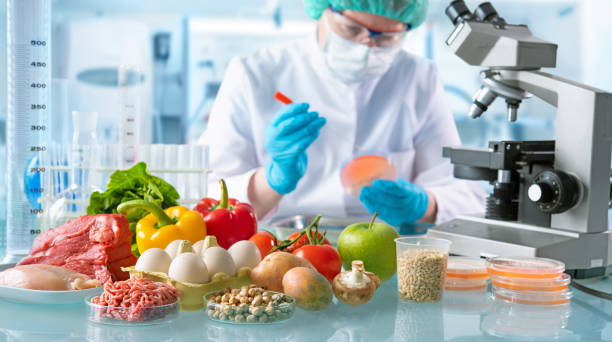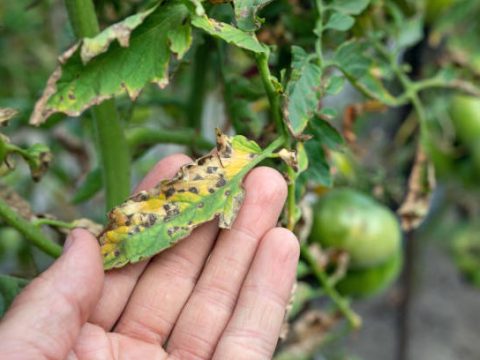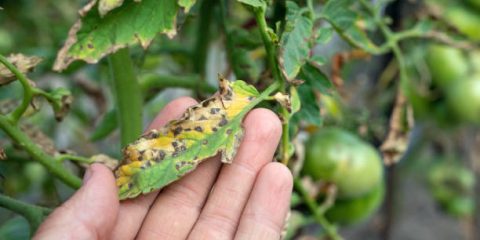
Food Science and Technology is an interdisciplinary field that combines chemistry, biology, engineering, and nutrition to study the nature of food and the principles of food processing, preservation, packaging, and safety. As global demand for safe, nutritious, and sustainable food continues to rise, research in this field has become more important than ever.
This article explores well-classified research topics related to Food Science and Technology, providing valuable insights for students, researchers, and professionals who want to contribute to the innovation and safety of our food systems.
Importance of Research in Food Science and Technology
Research in Food Science and Technology plays a crucial role in improving public health, promoting sustainable agriculture, and ensuring food security. It focuses on developing innovative methods for food production, extending shelf life, and ensuring quality and safety standards.
Some of the key reasons why research in this field is essential include:
- Enhancing the nutritional quality and functionality of foods.
- Preventing foodborne diseases and contamination.
- Improving food processing and preservation methods.
- Reducing food waste through innovation and packaging.
- Promoting environmentally friendly and sustainable food technologies.
Major Categories of Research Topics in Food Science and Technology
To make your research process easier, the topics below are grouped into key subfields within the discipline. Each category highlights trending and relevant research areas for academic and practical exploration.
1. Food Chemistry and Analysis
Food chemistry focuses on understanding the chemical composition and reactions of food components during processing and storage.
- Chemical composition and nutritional analysis of indigenous foods.
- Impact of processing methods on food nutrient retention.
- Study of antioxidant properties in natural food sources.
- Role of enzymes in food texture and flavor development.
- Detection of food adulteration using chromatographic techniques.
- Chemical changes during frying and baking processes.
2. Food Microbiology and Safety
This area investigates microorganisms that affect food quality, spoilage, and safety. It aims to control pathogens and extend food shelf life.
- Microbial contamination in dairy products and prevention techniques.
- Evaluation of probiotics in fermented foods.
- Foodborne pathogens and their control in meat and poultry.
- Role of bacteriophages in food preservation.
- Application of molecular techniques in foodborne disease detection.
- Impact of hygiene practices on microbial load in street-vended foods.
3. Food Processing and Preservation
Food processing research focuses on improving methods that transform raw materials into safe, nutritious, and appealing food products.
- Comparative study of traditional and modern food processing techniques.
- Optimization of dehydration and drying processes for fruit preservation.
- Thermal and non-thermal food preservation methods.
- Effect of pasteurization on vitamin retention in fruit juices.
- Application of high-pressure processing in food safety improvement.
- Freeze-drying technology and its effect on product quality.
4. Food Packaging and Shelf Life Extension
Proper packaging ensures food protection from contamination and environmental degradation.
- Development of biodegradable food packaging materials.
- Active and intelligent packaging for freshness monitoring.
- Effect of packaging materials on the shelf life of processed foods.
- Innovations in vacuum and modified atmosphere packaging.
- Nanotechnology in food packaging and preservation.
- Role of packaging design in consumer perception and food sales.
5. Functional Foods and Nutraceuticals
This area explores foods that provide additional health benefits beyond basic nutrition.
- Development of fortified foods for malnutrition reduction.
- Nutraceutical potential of local plant extracts.
- Functional foods in the prevention of lifestyle diseases.
- Role of probiotics and prebiotics in gut health.
- Consumer perception and acceptance of functional foods.
- Bioactive compounds and their stability during processing.
6. Sensory Evaluation and Consumer Behavior
Sensory science focuses on understanding consumer preferences and product acceptability.
- Sensory analysis of new food product formulations.
- The impact of packaging design on consumer perception.
- Correlation between sensory quality and product shelf life.
- Role of aroma and texture in food acceptability.
- Statistical modeling in sensory data interpretation.
- Consumer behavior toward plant-based and alternative protein foods.
7. Food Biotechnology and Genetic Engineering
This field applies biotechnology tools to improve food quality, safety, and nutritional value.
- Genetic modification in crops for improved nutrient content.
- Application of CRISPR technology in food production.
- Fermentation biotechnology for new flavor development.
- Use of enzymes in the production of low-lactose dairy products.
- Biotechnological approaches in extending product shelf life.
- Ethical implications of genetically modified (GM) foods.
8. Food Waste Management and Sustainability
Sustainable food systems minimize environmental impact while ensuring global food security.
- Conversion of food waste into biofuels or animal feed.
- Life-cycle analysis of food production and waste management.
- Economic evaluation of food waste reduction strategies.
- Impact of circular economy practices in food industries.
- Sustainable agricultural practices and their effect on food supply chains.
- Utilization of fruit peels and seeds in functional food production.
Conclusion
Research in Food Science and Technology is vital for addressing the world’s growing food challenges — from hunger and malnutrition to sustainability and safety. By exploring areas such as food chemistry, microbiology, biotechnology, and sustainability, researchers can develop innovative solutions that enhance food quality, reduce waste, and ensure global food security.
Whether you are a student writing a dissertation, a professional seeking innovation, or an entrepreneur in the food industry, these research topics provide a solid foundation for meaningful and impactful studies.
FAQs on Research Topics Related to Food Science and Technology
1. What are the main areas of Food Science and Technology research?
Major areas include food chemistry, microbiology, processing, packaging, sensory evaluation, biotechnology, and food sustainability.
2. What is a good research topic for Food Science students?
Some great topics include food preservation techniques, development of biodegradable packaging, or microbial safety of processed foods.
3. How does biotechnology influence modern food production?
Biotechnology enhances crop yields, improves nutritional content, and helps develop new food preservation and flavor technologies.
4. What are emerging trends in food science research?
Current trends include sustainable food production, plant-based proteins, nanotechnology in packaging, and artificial intelligence in food quality control.
5. Why is research in Food Science and Technology important?
It ensures safe, nutritious, and sustainable food for the global population while promoting economic growth and reducing food waste.
ALSO READ: Research Topics Related to Agricultural Economics









1 thought on “Research Topics Related to Food Science and Technology”